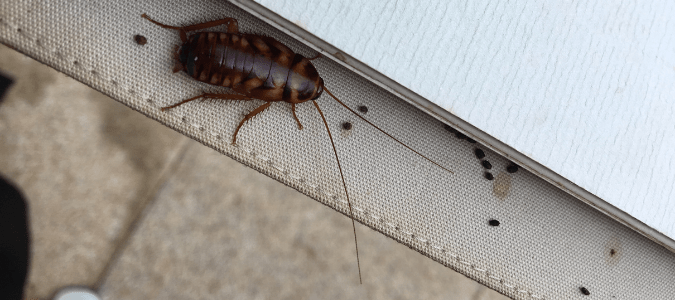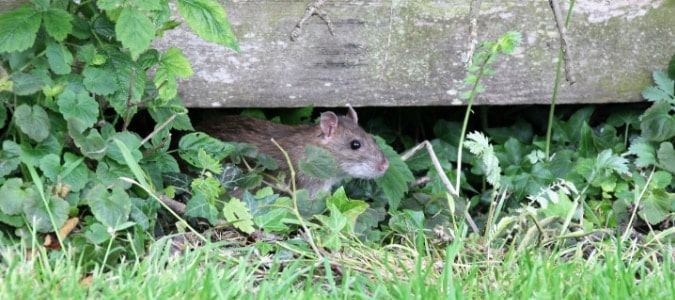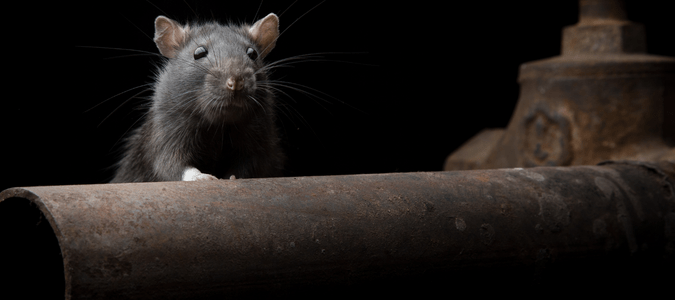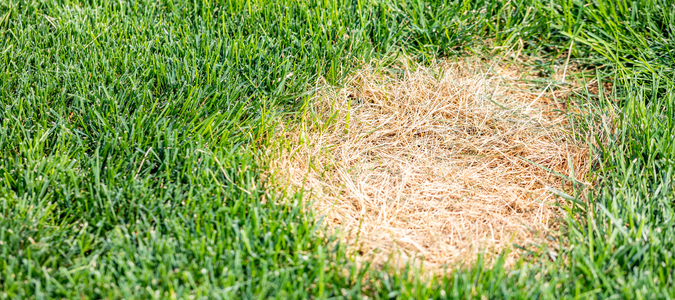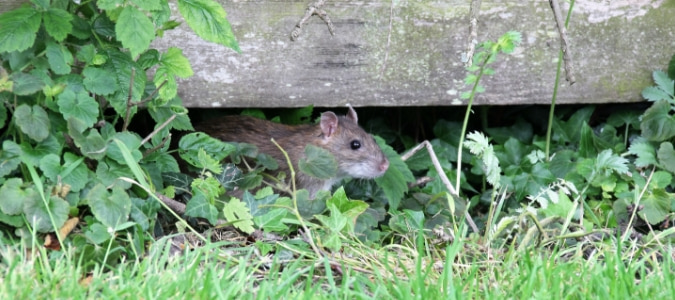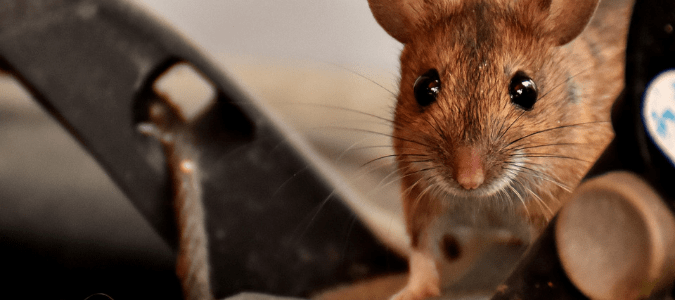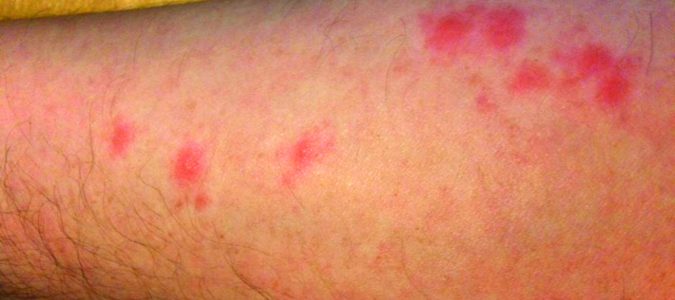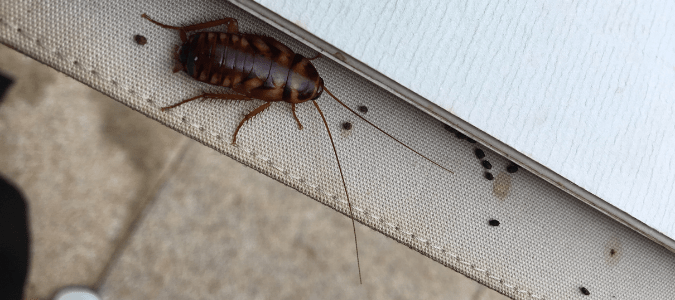Plants That Like Full Sun and Heat
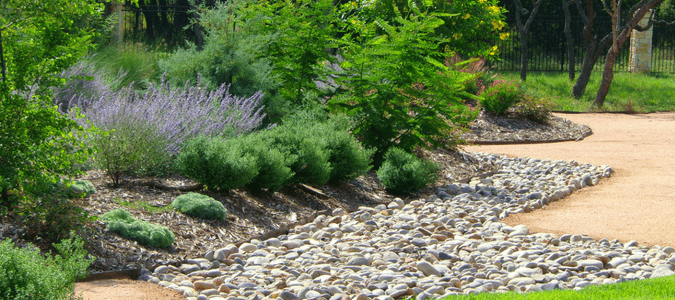
Looking to refresh your garden with plants that like full sun and heat? As we move toward warmer weather with less precipitation, it’s smart to plan a garden around the changing conditions of your region. The good news is that many plants and grasses fit these specifications. That means you can plant a garden that stays healthy and beautiful through the hot, dry summer. It won’t take much water or upkeep to keep it thriving.
Flowering Plants That Can Take The Heat
- Butterfly bushes got their name from their ability to attract butterflies with their clusters of tiny, sweet-smelling flowers. These bushes can grow very tall. Some gardeners don’t like them because they can crowd out other native plants that are important to butterflies. This isn’t as much of an issue in hotter zones, and you can also plant sterile butterfly bushes that won’t reproduce and spread.
- Cosmos love heat and full sun. … Read Full Post »

